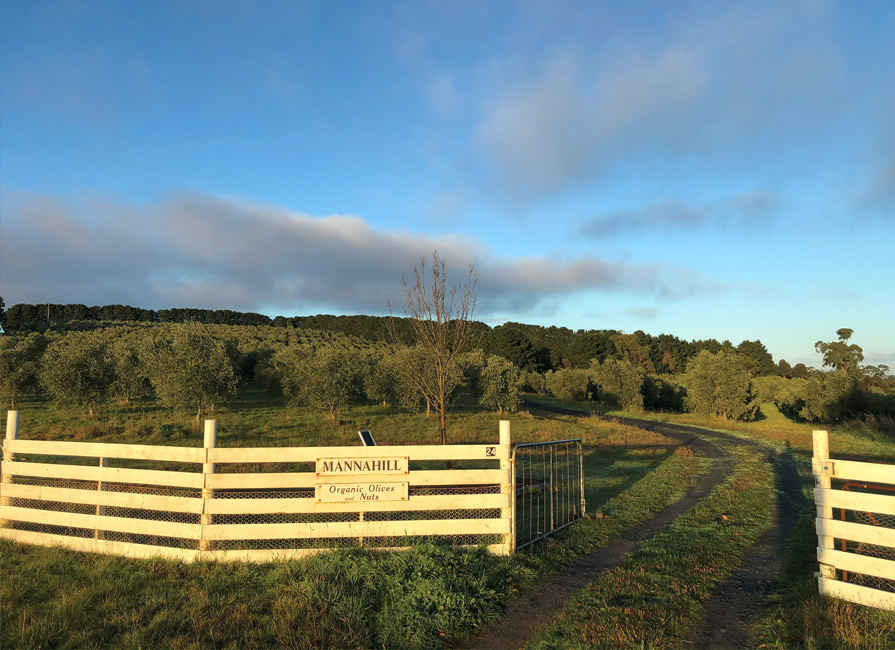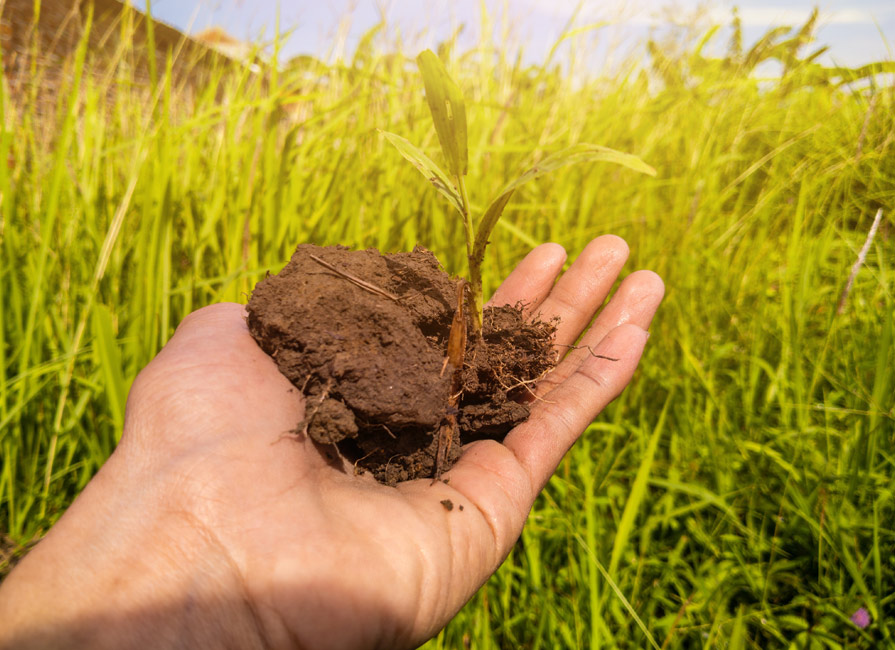Humans have grown olives in the Mediterranean for thousands of years—probably since the start of…
National Trust – ‘What’s Your Beef?’ Report
A recent report from the UK’s highly respected National Trust has confirmed what Animal Welfare Approved has been advocating for a long time: Feeding cattle on grass throughout their life-cycle is the most environmentally sustainable way to raise beef.
The new report – entitled What’s Your Beef – is an important contribution to the on-going debate about how to increase food security while reducing the environmental impacts of food production. Published by an organization responsible for the management of more than half a million acres of land across England, Wales and Northern Ireland on behalf of the nation, the messages in the report resonate with the arguments that AWA has presented for the wide-spread adoption of pasture-based livestock farming systems.
Over recent decades, a battle has raged over whether intensive cattle systems – where large numbers of cattle are confined in feedlots and fed a grain-based diet – represent a more environmentally-friendly system of producing meat and livestock products than grass-fed livestock farming, where cattle are given access to graze pasture. Proponents of intensive livestock production argue that energy use and greenhouse gas emissions per pound of beef are increased three-fold in grass-fed beef cattle and that “the intuitively environmentally friendly option has a far higher resource and environmental cost.” In order to fuel our insatiable habit for unsustainable meat, they argue that we must further intensify our livestock production systems or to seek ways to further exploit farmed livestock.
However, the National Trust’s report once again demonstrates the inaccuracies of this report. Those who argue that cattle which are fed a high proportion of cereal-based feed have lower emissions than more extensive production systems rely on a limited life cycle assessment (LCA) to assess the GHG emissions from different beef production systems. However, The National Trust report argues that “a narrow LCA-based view of emissions ignores the wider aspects of sustainable land use.” Research on National Trust farms shows that while the carbon footprint of grass-fed and conventional farms were largely comparable, the ability of well-managed grass pasture on the less intensive systems to absorb carbon from the atmosphere – a natural process known as carbon sequestration – actually reduced net emissions by up to 94%, and even resulting in a carbon ‘net gain’ in upland areas. As cattle and other ruminants graze pasture, grass growth is stimulated. This growth results in an increase of CO2 absorption through its leaves and stores the CO2 in the mass of roots underground in a far more stable form of carbon, resulting in carbon sequestration. Indeed, scientists now think that grazing cattle on pastures and restoring grasslands could play a vital role in slowing the global warming process.
While, intensification of production is viewed by some as the answer to meeting the food requirements of an increasing global population, it is now widely recognized that the intensification of farming has led to widespread environmental damage, including pollution of ground- and surface-water, soil degradation, reduced biodiversity and loss of carbon from land. As stated in the National Trust Report, “Any intensification that damages the resources required for production is counterproductive, and a focus on optimizing, rather than maximizing farming efficiency is a far more positive approach.”
The National Trust also points out that increasing concerns about climate change have led some groups to call for a reduction – or even an end to – meat consumption in order to cut back on the greenhouse gas emissions associated with intensive livestock farming. I agree that we urgently need to reduce our intake of unsustainable, low-welfare, intensively reared meat – indeed, there’s a good chance that we’d all feel a lot better for doing so. But the National Trust also asserts, “many agricultural grasslands and grass-based habitats are not suitable or capable of growing arable crops for direct human consumption. Grazing by livestock, therefore, is the only way to turn grass into human-edible food.” Effective grassland management also helps to support a wide range of ecosystem services, including managing our water resources, biodiversity, and carbon capture and storage. As What’s Your Beef contends, when the true benefits to ecosystem services and human health are included, extensive grazing on grassland represents “the best use of this resource to produce food for people.”
Finally, as AWA has long argued, the National Trust report reiterates the message that grass-fed meat and livestock products are also better for us: “Recent research found that the health benefits of beef (and lamb) are greater when animals are fed totally on grass – their natural food. Omega 3 fatty acids – recognized as essential to good physical and mental health – are higher in meat from grass and the levels of saturated fat are a third of grain fed beef.”
So there you have it: Yet more evidence that buying high quality, pasture-raised meat, such as that certified by Animal Welfare Approved, will mean that you are not only eating a healthier product and supporting family farms who raise their animals using the highest welfare standards in the US, but you are also helping to protect the planet for future generations.




